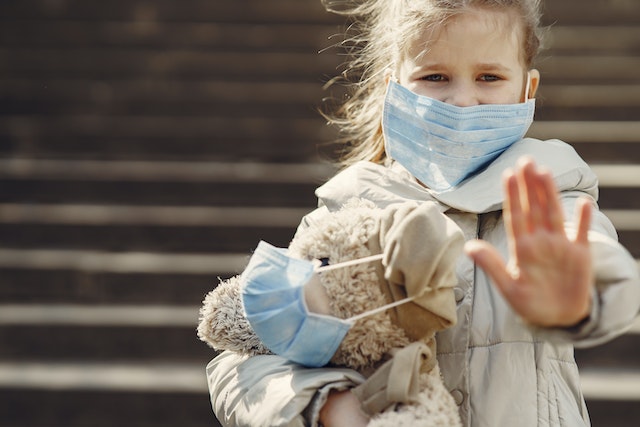As a stay-at-home mom, I desperately wait for the schools to reopen after summer vacations. But what tags along is the fear of infections and kids getting sick as they get exposed to the school environment. Protecting kids from infections becomes vital.
In today’s world, where infections and illnesses can spread rapidly, it’s crucial to implement effective strategies to protect kids from diseases, especially in school settings. This article will delve into practical and essential steps to safeguard children’s health, focusing on the theme of “protecting kids from infections.”
1. Hand Hygiene: The First Line of Defence
Teaching children proper hand hygiene is a fundamental step in preventing infections. Encourage them to wash their hands frequently with soap and water for at least 20 seconds, especially after using the restroom, before meals, and after coughing or sneezing. Providing hand sanitizers in classrooms and encouraging their use can also reinforce this healthy habit.
2. Immunizations: Shielding Against Preventable Diseases
Vaccinations are a powerful tool in protecting kids from infections. Ensure your child’s immunizations are up to date according to the recommended schedule. These vaccinations guard against a range of diseases, such as measles, mumps, rubella, and influenza, reducing the risk of outbreaks within the school environment.

3. Healthy Diet and Hydration: Building Strong Immune Systems
A well-balanced diet rich in nutrients is essential for bolstering children’s immune systems. Encourage a diet filled with fruits, vegetables, whole grains, lean proteins, and plenty of water. A strong immune system can better fend off infections and illnesses.
4. Adequate Sleep: Restoring and Repairing
Sleep is crucial for children’s overall health and immune function. The first thing a pediatrician suggested when we were concerned about our daughter’s health was if she was getting an appropriate amount of sleep. Kids should get at least 10 hours of sleep each day. A well-rested body is better equipped to fight off infections and recover from illness.
5. Teach Respiratory Etiquette: Preventing Airborne Spread
Educate children about respiratory etiquette, including covering their mouths and noses when coughing or sneezing, preferably with a tissue or elbow. This practice prevents the airborne spread of germs and reduces the risk of infecting others.
6. Regular Cleaning and Disinfection
Maintaining a clean and sanitized environment in school is pivotal. School facilities should be regularly cleaned and disinfected, paying particular attention to high-touch surfaces like doorknobs, desks, and shared equipment. This practice can limit the transmission of infections among students.
7. Stay Home When Sick: Containing the Spread
Inculcate the importance of staying home when feeling unwell. Sending a sick child to school not only jeopardizes their health but also increases the risk of infections spreading among classmates. Follow the school’s guidelines for when it’s safe for your child to return.
8. Promote Physical Distancing
When possible, schools should implement measures to promote physical distancing among students. This could include spacing out desks, arranging classrooms to reduce crowding, and organizing outdoor activities. Physical distancing can minimize close contact and reduce the potential for infection transmission.
9. Open Communication: Collaboration Between Schools and Parents
Effective communication between schools and parents is key to protecting kids from infections. Schools should promptly inform parents about outbreaks, preventive measures, and any necessary actions to take. Parents, in turn, should communicate openly about their child’s health status.
10. Educational Campaigns: Empowering Kids with Knowledge
Organize educational campaigns that empower kids with information about infections, how they spread, and preventive measures. When children understand the importance of these practices, they are more likely to adopt them willingly.

Conclusion
Protecting kids from infections in the school environment is a shared responsibility that involves the active participation of parents, schools, and students. By implementing these strategies – from hand hygiene and immunizations to a healthy lifestyle and open communication – we can create a safer and healthier learning environment for our children. Remember, protecting kids from infections is a vital commitment to their well-being
